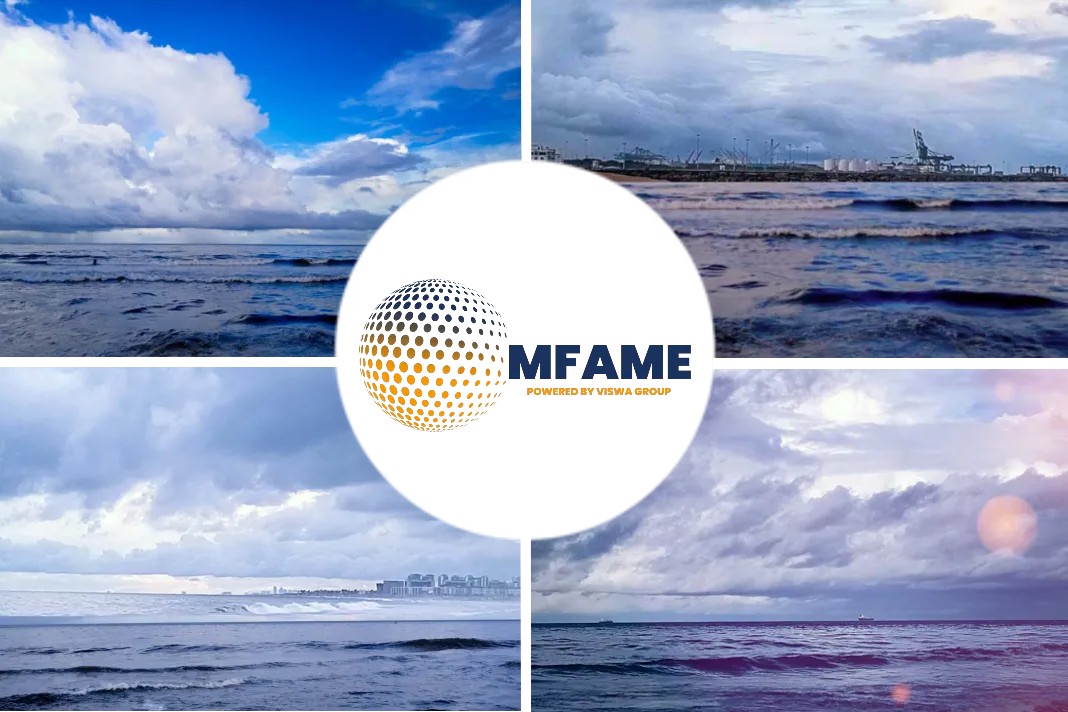The Baltic Briefing has released a report about the dry bulk market for the 12th week of shipping activities of this year. The report dated 26th March highlights the dry bulk market conditions at the on-sight of the 12th week.
Capesize
A more tempered week saw rates soften across all routes with low activity in both basins.
Resilience and strong optimism still remains from Owners, yet the tailwinds from smaller classes turned to headwinds early in the week as market sentiment across shipping and commodities took a downward turn.
5TC rates
The Capesize rates followed suit through until Thursday before posting a small up-tick. The 5TC opened the week at $19,437 to close out the week down $423 at $19,014.
Brazil to China C3
The Brazil to China C3 was slightly down $0.71 to $21.04.
West Australia to China C5
The West Australia to China C5 was down $0.104 to $9.223.
Both very modest drops with Owners showing no signs of panic. News out of Vales northern Brazil rail line had iron ore cargoes being impacted by a slip incident yet flow continues.
Panamax
The Panamax 5 time-charter average yielded a loss of $1,326 on the week to publish on closing at $25,447, which is a realistic reflection of the corrective week the Panamax market has experienced following last week’s dramatic rises.
Atlantic basin rates
Rates in the Atlantic basin eased as demand faltered and pressure slowly built on the nearby position with fewer options for Owners to consider.
Asian market
The Asian market proved to be something of a two-tier market, the north supported with healthy grain demand ex NoPac with rates typically around $29/30,000 for 82,000-dwt agreed occasionally.
Support in FFA’s
Further south, pressure built in the southern positions with limited activity here. The resultant large spread between the bid and offer curtailed activity with nearby tonnage reducing rates in order to get fixed. Late in the week there were some murmurs of a rebound, aided by renewed support in FFA’s. It will be interesting to see how this plays out next week.
Ultramax/Supramax
There was a change of direction with rates easing in most areas including Asia. Despite the overall negativity, news of period activity still surfaced with a 63,000-dwt new building being fixed for one year at $20,500.
The Atlantic saw less fresh enquiry from the US Gulf, a 58,000-dwt fixing a petcoke cargo to west coast central America at around $26,000.
Further south, rates from east coast south America eased as well, a 57,000-dwt being linked to a trans-Atlantic run in the mid/upper $20,000s.
In Asia a 63,000-dwt was reported fixed basis delivery Singapore for a trip via Indonesia redelivery India at $28,500.
Otherwise a 55,000-dwt fixed a trip basis delivery south China via Philippines with nickel ore redelivery south China in the mid $20,000s.
There was still enquiry from the Indian Ocean. A 58,000-dwt fixing a coal run from Richards Bay to west coast India at $16,250 plus $625,000 ballast bonus.
Handysize
At the beginning of the week, the BHSI had its first decline since mid January and the trend continued for the rest of the week.
Atlantic basin
The Atlantic basin largely softened with all routes losing value.
East coast South America
East coast South America moved sharply lower and broke the barrier of $30,000/day on the relevant HS3 route in the middle of the week. There was a feeling of limited cargoes whilst the tonnage was building up and some brokers commented on more vessels ballasting down to east coast South America from the US Gulf to perform trans-Atlantic cargo.
The market in the east remained firm according to the fixtures reported. The difference in rates between Far East delivery and Southeast Asia delivery appeared to be minimal.
Pacific routes
All of the Pacific routes are still currently at the highest level since 38,000-dwt was used as the benchmark vessel in January 2020.
Did you subscribe to our daily newsletter?
It’s Free! Click here to Subscribe!
Source: Baltic Exchange















